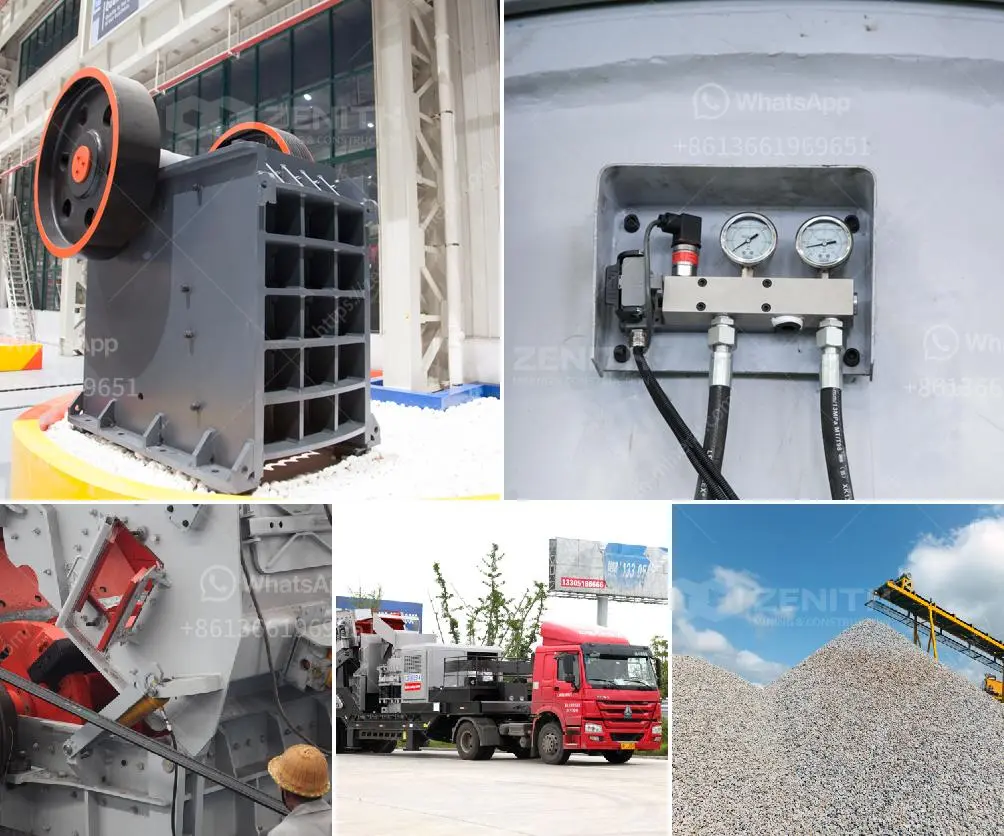Designing a drilling and blasting plan to minimize granite waste requires careful consideration of several factors to ensure efficiency, safety, and environmental responsibility. Here are key steps to consider:
-
Site Assessment and Analysis:
- Conduct a thorough geological survey to understand the rock formations and properties. Determine the fracture orientation, strength, and density of the granite.
- Identify any environmental constraints or regulations that may affect the blasting process.
-
Designing the Drill Patterns:
- Optimize drill spacing and depth according to the rock properties to ensure efficient fragmentation. Consider using smaller boreholes and precise drill angles.
- Use advanced modeling software to simulate blast outcomes and refine patterns to minimize oversized fragments and fine dust.
-
Blast Design:
- Calculate the ideal explosive charge size, type, and placement to achieve the desired fragmentation without excessive energy waste.
- Incorporate delay timing and sequencing techniques to control the blast wave propagation and reduce unwanted rock movement.
-
Use of Controlled Blasting Techniques:
- Implement controlled blasting methods such as pre-splitting or cushion blasting to confine the blast’s impact and reduce excess fracturing.
- Consider using electronic detonators for precise timing control, which can help increase fragmentation efficiency and reduce fly rock.
-
Monitoring and Adjusting:
- Set up monitoring systems like seismic sensors and cameras to analyze each blast. Use the data collected to make adjustments to future blasts.
- Regularly review and modify the blasting plans based on performance metrics, ensuring continuous improvement.
-
Material Handling and Segregation:
- Plan efficient material hauling and processing strategies to separate useful materials from waste immediately after blasting.
- Consider implementing sorting technologies and screening equipment to separate different size fractions and reduce waste.
-
Safety and Environmental Considerations:
- Ensure compliance with safety standards to protect workers and minimize environmental impacts such as noise, dust, and vibrations.
- Implement dust control measures, such as using water sprays or dust suppressants, to minimize air pollution.
-
Collaboration and Skills Training:
- Collaborate with experts including geologists, engineers, and explosive specialists to refine the plan.
- Train personnel on best practices in drilling and blasting to improve execution and reduce errors.
By employing these strategies, the drilling and blasting process can be optimized to minimize granite waste while focusing on economic and environmental sustainability. Regular assessment and adaptation are crucial to achieving efficient outcomes.

